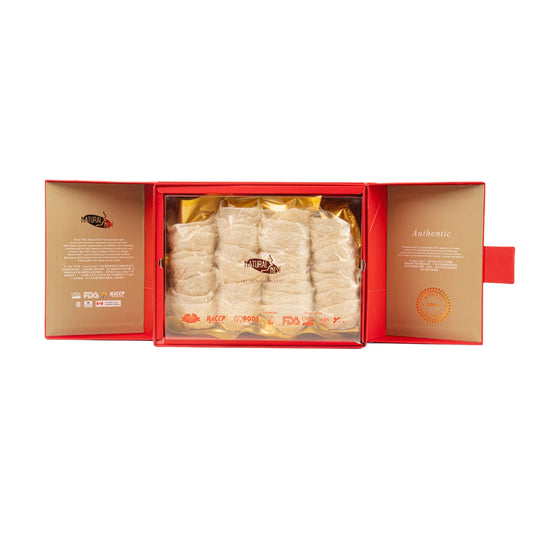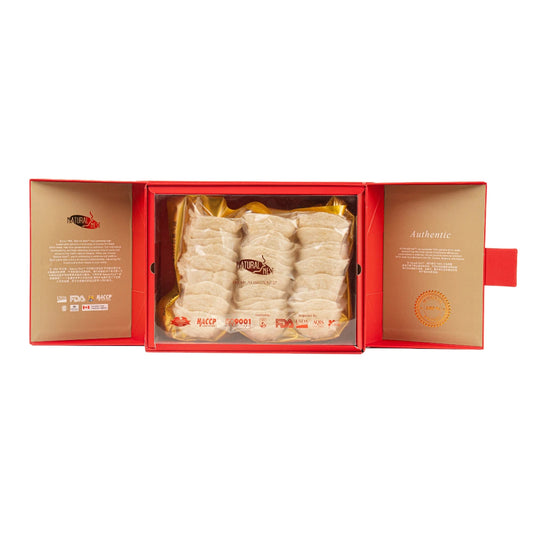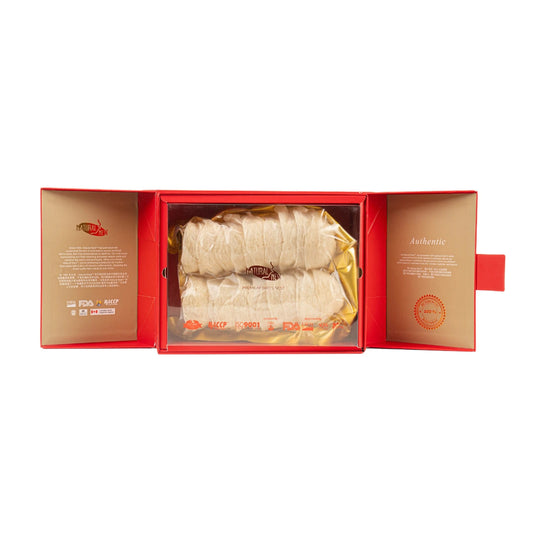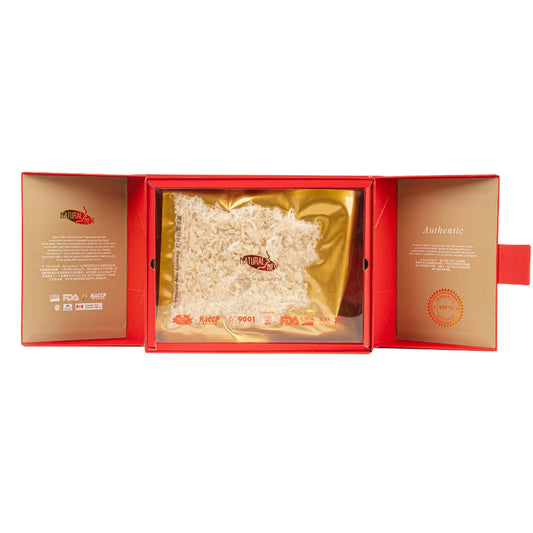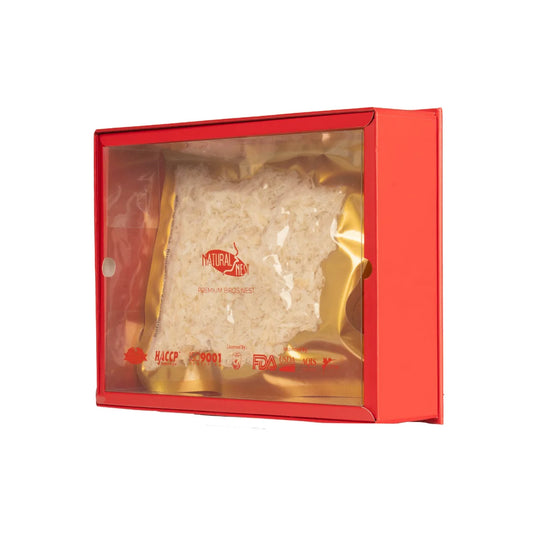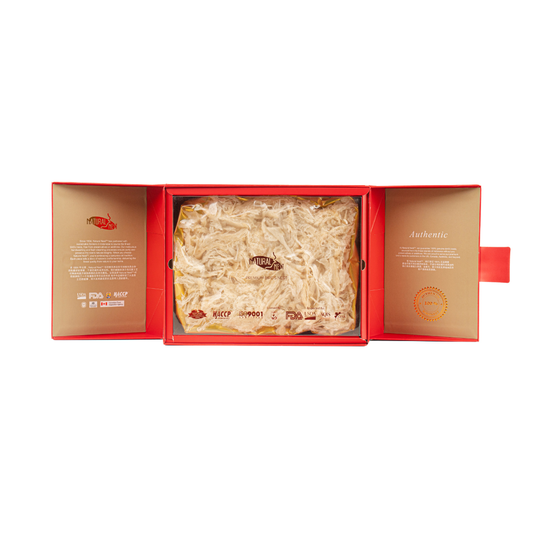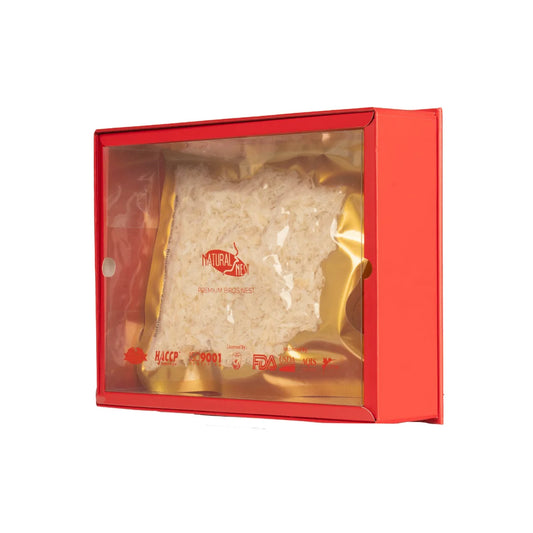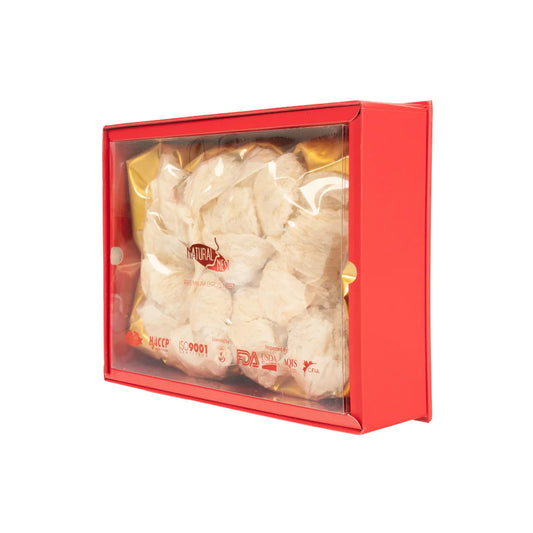Edible bird’s nest—often called the “White Gold” of the culinary world—is a delicacy made from the hardened saliva of swiftlets. Valued for centuries in traditional Chinese medicine and cuisine, these nests are prized for their rarity, unique texture, and purported health benefits.
Origins & Production
Swiftlets build their nests in coastal caves or man-made “bird houses.” Collectors harvest them carefully to avoid harming the birds. After cleaning, the nests are graded by color and purity: the clearest and most intact fetch the highest prices.
Health Benefits
Edible bird’s nest is rich in glycoproteins, amino acids, and collagen. Many people consume it for skin health—due to its collagen content—and immune support. Traditional claims also include improved respiratory function, faster wound healing, and enhanced energy levels. While scientific studies are ongoing, user testimonials remain glowing.
How to Enjoy
Edible bird’s nest is most commonly prepared as a sweet soup or tonic. Here’s a simple recipe:
-
Soak 5–7 g of nest in cool water for 4–6 hours until soft.
-
Rinse gently to remove impurities.
-
Simmer in double-boiler or slow-boiler with rock sugar and pandan leaves for 30–45 minutes.
-
Serve warm or chilled.
It also pairs beautifully with coconut milk or goat milk for a more modern twist.
Sustainable Consumption
Ethical sourcing is key. Look for suppliers who adhere to responsible harvesting—leaving part of the nest behind and respecting swiftlet reproduction cycles. Certifications from hygiene and wildlife authorities help guarantee safety and sustainability.

